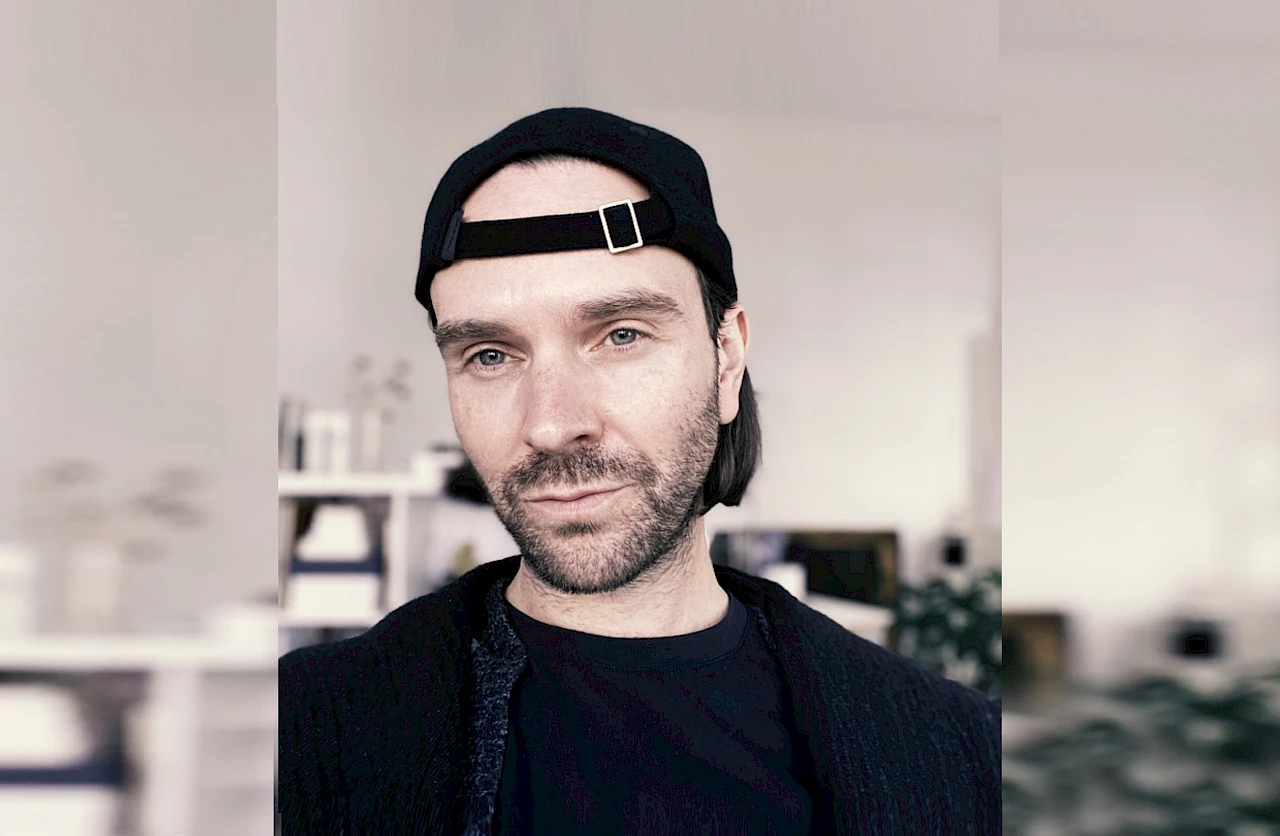In the future it will be impossible to conceive of the office as a learning space without the new colleague AI. The editorial staff of IBA Forum talked with the communication designer Marc Engenhart about the work environment of the future.
In your book you present theoretical and practical principles for design incorporating machine learning systems. How will AI influence the work environment? And to what extent can AI expand the skills and the efficacy of employees?
The tool set and the opportunities offered by this new technology can be used in all the impact areas of human work in which data are available as work materials. In my opinion, here we have to distinguish between people’s daily work and professionals such as designers, who might be creating products that will be new and can assist in human-machine interaction. In the area of auxiliary tools for daily work, AI will take over strenuous, time-consuming and repetitive tasks. Well-designed automation can make our working life much easier in this area because we can use all of our expertise to concentrate on relevant details without overlooking anything. I like to refer to the assistance of the future as our new colleague AI, who will vigilantly give us a tip or a bit of assistance whenever we need it and will be available for many tasks that are part of our daily work. In the future, AI could also be used in the form of structured intelligent systems such as smart office furniture. Creating these intelligent mechanical systems is a task for designers, whose expertise enables them to shape our access to digital media and to human-machine interfaces.
How are the tasks, roles and knowledge of human beings expanding in the work environment?
Human beings are a fascinating, creative species, and they are superior to machines in many respects. I believe that human beings have the expertise they need to guide AI, deal with errors, and improve it fundamentally and step by step to the point where it becomes a human-centred technology. As a colleague, AI can support entire teams by taking over repetitive activities so as to create more leeway for expanded individual productivity. However, the resulting free time should not immediately be filled up with new activities. That would be the wrong approach. The free time resulting from assisted technology should be used as time for team building, ideas, criticism, evaluation, drinking a cup of coffee together or perhaps doing a retrospective. All of these are human-cantered activities. To this end, we must learn to regard free time too as working time or creative time. Here companies need to have a completely new mindset.
„In the cooperation between human beings and machines, it will be important for human beings to decide when they want to have support in the form of co-creation. Human beings’ autonomy and training with regard to cooperation with AI is a top-priority issue today and will continue to be one in the future.“ Marc Engenhart
New technologies require new skills. How and where can companies and employees acquire the knowledge they need?
I recommend a multi-step process here. For one thing, I suggest making contact with people who work as experts in AI automation and AI development. And when a team of experts has decided whether, and in what form, AI should enter a company, the workforce should be involved in the process at an early stage. The options include Design Thinking workshops as well as other formats that support decision-making and knowledge sharing. In addition, everyone should gather knowledge and establish their individual autonomy, because this technology is so powerful and can be used in so many different ways that it will, and must, change processes. This is happening at a rapid pace that demands transparency in the development of systems and requires explanation. Thirdly, there should be a wider range of advanced training programs related to AI. Companies bear the primary responsibility for training their employees in this area. But there are also hubs throughout Germany that deal with AI placement and make this topic accessible to the public.
How will AI influence learning within organizations in general?
AI will make learning democratic and usher in a new age of information that can be gathered and cooperatively shaped by many people. AI will give employees a digital assistant who provides them with information that is personalized, in their own language and adapted to their learning speed and individual interests, like a kind of mentor. Alongside all the potential that a technology as versatile as this one provides, of course we should not forget that it can also be misused, for example to automatically disseminate false information. All educators are responsible for recognizing the dangers, addressing them, and educating people about them. The topic of automation must already be addressed in basic training, but it will also become increasingly important in continuing education. However, in order for people to acquire basic knowledge we need good teachers and new emphases in the evaluation of individuals’ learning outcomes.
What will creative work look like ten years from now? And will human intelligence be obsolete at that point?
I think that in the future we will use more body language, physical activity and gesture-based controls when we interact with such systems. And we will liberate ourselves from the sitting-and-writing phenomenon. I believe that agile digital interaction is necessary, but at the moment I can’t estimate to what extent it will be augmented via a digital projection in our natural world. And new improved technologies will be coming to make virtual meetings more three-dimensional, genuine, natural and human. Also consider the simultaneous translation of important content. Human intelligence will of course remain fundamentally necessary when we deal with these systems and as we safeguard the careful evaluation and development of the applications that contain the potential of artificial intelligence.
„We will liberate ourselves from the sitting-and-writing phenomenon.“ Marc Engenhart
A final question: Which three tools can you recommend to our readers for their daily work at the office?
I recommend that they use the Freedom app for concentrated work. The program switches off selected websites, apps and messages for a limited period of time so that you can work on a chosen task in a more concentrated way without any distractions. All push notifications, new messages etc. are hidden, kept in the background and activated at a later point in time. My second recommendation is that everyone clearly realize that AI, whatever medium it occurs in, is not a technology that always generates nothing but the truth and only validated information. Many experts are working to develop systems that formulate only correct statements, and this is of course a goal worth striving for, especially in the field of education. For example, every individual should have tried out ChatGPT for himself or herself at least once. Designers call this “intelligence experience”. I think it’s a door-opener that helps us take a critical look and ask sceptical questions about the validity of information. My third recommendation is a tool that brings a bit of fun into daily work in an office. The Sketch MetaDemoLab app makes it possible to transform simple sketches into animations within three seconds. I think it’s a beautiful tool for loosening up team meetings.
Marc, thank you for talking with us.







